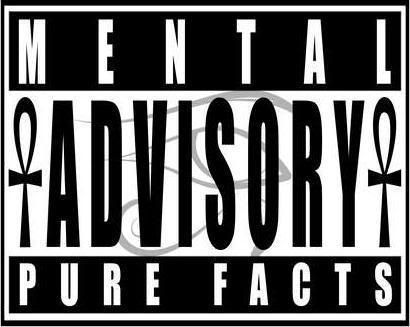I am just about to wrap the better part of 6-7 weeks here in Hawaii. This has been an extraordinary time of growing plants and trees and digging into tropical permaculture with my friend Tanea Strebl.
In November 2008, I was able to get the last of the baby tobacco plants out of the nursery and into the yard. I have been growing tobacco for about 5 years in various places. I definitely have a green thumb for it. I love growing it. It is my favorite plant! I thought I'd share some of the things I have come to know about tobacco:
1. Insecticide. Tobacco leaf tea is a remarkable insecticide. It is too toxic to have laying around because if a person drinks too much of it, they could be poisoned. However, tobacco leaf tea in a spray bottle against ants-aphids on baby fruit trees is an effective and natural insecticide with thousands of years of usage.
2. Lobelia vs. Tobacco. Nearly all the herbal formulas that now include lobelia for its flushing and cleansing effects originally were tobacco formulas. They were all switched in the last 50 years because of the unfavorable press about tobacco and the lack of skill by most present-day herbalists in delivering tobacco orally in sub-toxic dosages. Tobacco is more powerful as a cleansing and flushing agent than lobelia. Tobacco is also a fierce de-worming agent and kills all different kinds of parasites.
3. Nicotine, Nicotinamide, Niacin, Niacinamide are very close in their chemical structure. That means vitamin B3 and nicotine are nearly identical. Niacin and nicotine have nearly identical effects. Nicotine is effective in the microgram dosage. Microgram dosage is the equivalent of an ant affecting the Empire State Building. Very little is needed to create large results. It is right on the button and hits the human cell's receptor sites powerfully causing the instant dilation of capillaries.
4. Extraordinarily high mineral demands. Tobacco is the heaviest feeder of all major grown plants in the world. It requires more minerals than anything else. It is rich and requires wealth to grow strong and healthy.
5. Tobacco is an insect eating plant. I have observed this repeatedly and I am convinced it is true. I have theorized that in its natural wild environment tobacco is often in strong competition in the soil for minerals and would need to procure more minerals from another source. Therefore it developed sticky nicotine-rich leaves that trap, kill, and dissolve insects. I was showing my friends this the other day on my plants and we found a dead bee on a tobacco leaf that was 25% dissolved. Tobacco usually traps smaller insects.
6. Tobacco is an MAO inhibitor and is associated with longevity. As long as one avoids abuse, does not gum up their lungs with tar or use agri-business chemical tobacco, or smoke any cigarette with potassium nitrate in the paper then tobacco can be an effective adjunct to a longevity program. I know this sounds counter-intuitive based on the anti-tobacco propaganda, however, if you look at the longest lived people in the world, they are always tobacco smokers. For example, Jeanne Calment (French woman who lived to be 122 who lived on chocolate and smoked tobacco) and The Shivapuri Baba who lived to be 137 and who was a tobacco smoker. My shaman friend Don Augustine in the Amazon is over 80, looks great, is extraordinarily healthy, and has smoked Amazonian jungle tobacco for over 60 years.
7. Tobacco and Cancer? Amazonian shamans have always maintained that tobacco cures cancer. When one combines non-ritualistic abusive use of tobacco with chain-smoking chemical tobacco with toxic diets with the shower of carcinogens in the atmosphere with the demineralization of present-day humanity along with parasite saturation combined with alcoholism a clearer picture of the connection between lung cancer emerges. Lung cancer is unknown to Amazonian shamans who have been smoking mapacho (jungle tobacco) for thousands of years.
8. Why do people become addicted to tobacco? One: They are acidic. Tobacco smoking or chewing creates an alkaline stimulation. Two: They are out of gas in serotonin and tryptophan. Nicotine (like niacin) can be used to produce serotonin. Three: Chemicals. Most tobacco sold worldwide today is chemicalized at every step of growth and processing. Over 800 chemicals are estimated to be added to conventional chemical tobacco. People can become addicted to the chemicals as much or more than the tobacco. Four: Oral stimulation in social environments. People are addicted to the way that smoking makes them breathe and use their face particularly in social settings.
Buy organic tobacco (mapacho) from Argentina here:

Wow
ReplyDelete